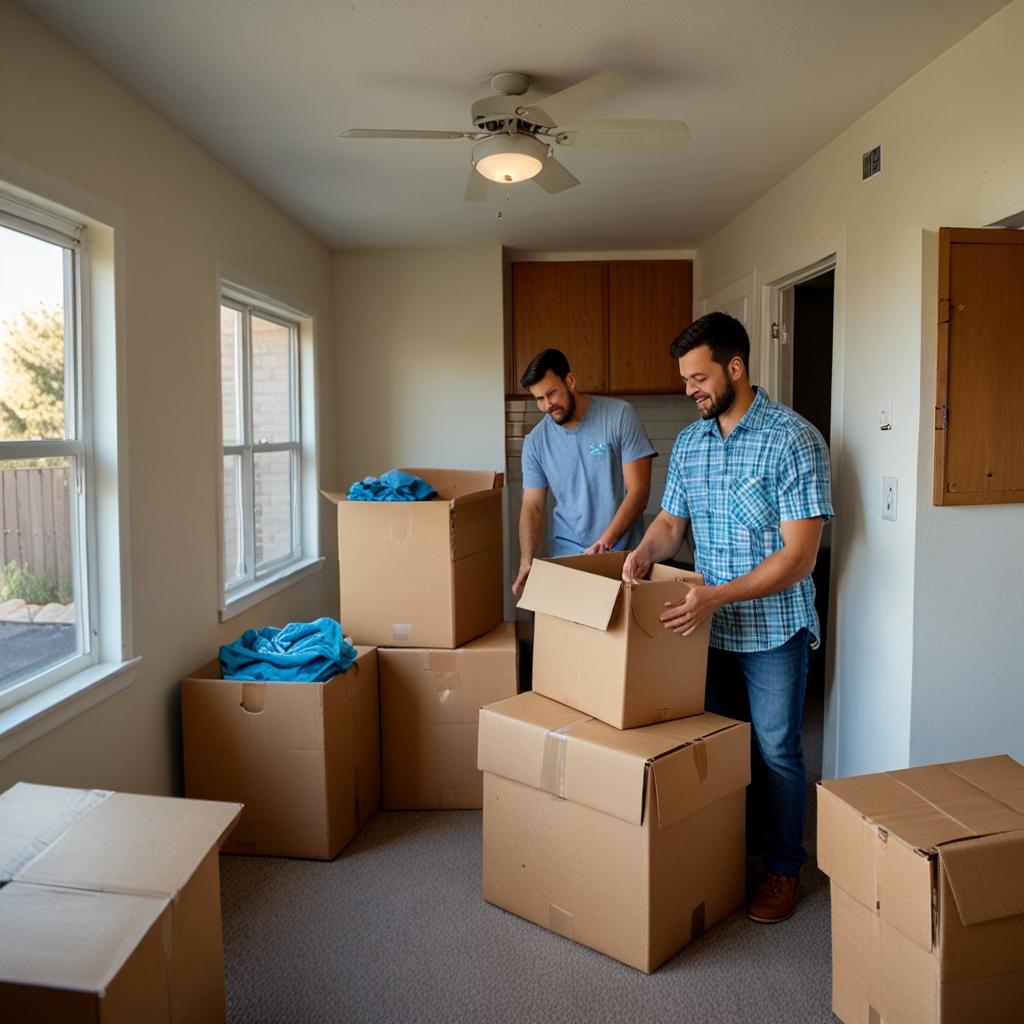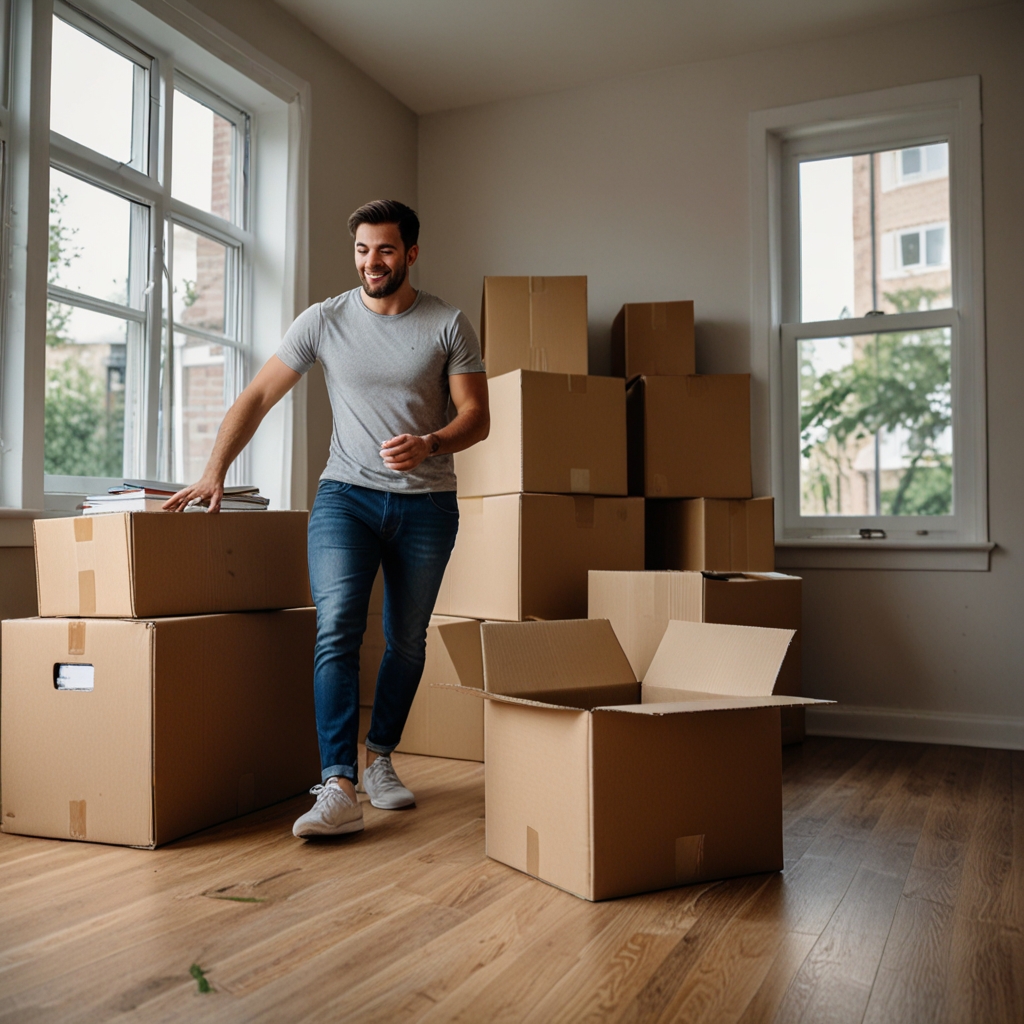
Creating accurate and appealing virtual staging for rental property listings is essential to attracting prospective tenants. By incorporating realistic digital furnishings and virtual tour software, landlords and property managers can enhance their property's visual appeal through interior design software, making it more attractive to potential renters. Virtual staging and 360-degree photography offers cost-effective, adaptable, and innovative solutions to represent rental properties professionally through virtual furniture libraries, allowing them to stand out in competitive markets such as New York City, where 85% of listings utilize virtual staging. This approach with digital room planners not only boosts interest but increases listing visibility through property marketing platforms, resulting in faster tenant acquisition.
A variety of virtual staging software and photo enhancement tools cater to different needs, enhancing rental property listings significantly through architectural visualization. In working with various platforms, I personally find tools like Virtual Stager and Real Tour Vision to offer impressive rental property enhancement features with virtual renovation software. Statistics indicate that 68% of estate agents favor software like BoxBrownie, making it the best for showcasing property in a realistic manner through lighting simulation tools. For commercial real estate, comparing staging tools should focus on aspects like scalability and bulk processing, which platforms like Matterport excel at, allowing us to efficiently manage and present multiple spaces.
Main features of virtual staging software tools include 3D rendering, high-resolution imagery, and customizable virtual furniture libraries, each essential for impactful property presentations. Software for residential use often emphasizes design variety, while commercial staging tools focus on scalability and workplace settings, highlighting the residential vs commercial use differentiation. Estate agents must consider essential features like retouching capabilities and easy integration with listing platforms for quality-enhancing property listings impact. For example, Virtual Stager offers features that create sturdy visual outputs, supporting Silver Homes in crafting eye-catching listings.
Accuracy in virtual staging is crucial because virtual staging ensures realism, which is vital for rental listings to attract discerning tenants. Accurate staging boosts tenant interest, with reported inquiries increasing by up to 32% when visuals match real property conditions closely. Common staging mistakes, like disproportionate furniture and color mismatches, affect accuracy, leading to potential tenant disappointment. Maintaining staging consistency across properties is achieved by using a software feature comparison approach, selecting platforms that provide precise and identical property staging capabilities.
Staged listings experience a 20% increase in interest compared to unstaged ones, indicating a strong percentage increase in interest among potential renters. Surveys demonstrate that virtual staging attracts 84% of tenants have a preference for staged properties, highlighting a clear tenant preference data trend towards digitally enhanced visuals. Staging impacts tenant decision rates significantly, often swaying choice in commercial areas with high competition. Around 60% of student tenants favor staged rental properties like studio apartments, a key factor in tenant selection showing a preference for visually conceptualized living spaces. Silver Homes ensures these prepared listings help property managers find the perfect tenant efficiently.


| Aspect | Importance Level | Time Spent (hrs) | Cost ($) | Visual Appeal Rating | Accuracy Rating |
|---|---|---|---|---|---|
| Furniture Selection | High | 3-4 | 50-100 | 8/10 | 9/10 |
| Lighting Adjustment | Medium | 1-2 | 20-40 | 7/10 | 8/10 |
| Room Dimensioning | High | 2-3 | 30-60 | 9/10 | 9/10 |
| Color Scheme | Medium | 1-2 | 20-30 | 8/10 | 7/10 |
| 3D Rendering | High | 4-5 | 100-150 | 9/10 | 10/10 |
| Final Touch-ups | Low | 1 | 10-20 | 7/10 | 6/10 |
Professional virtual staging services offer numerous advantages over DIY staging solutions, especially for producing realistic rental property photos with virtual walkthrough creators. Engaging a professional virtual stager frees landlords from time-consuming tasks, providing high-quality visuals that significantly enhance prospective tenant engagement and interest and lead to faster rental agreements. Professional staging costs may appear higher upfront, typically ranging from $100 to $500 per room, whereas DIY costs are lower but often result in poorer quality output. When opting for DIY staging, use professional-grade digital floor plan creators like Autodesk and Planner 5D to achieve a more appealing appearance. Companies like BoxBrownie are popular choices among property owners for professional staging.
DIY staging in commercial property sectors often fails to effectively attract commercial tenants compared to professional setups. Approximately 25% of commercial spaces are attempted through DIY staging methods, which poses challenges like conveying the space's potential and managing diverse tenant needs. Costs for professional staging of commercial properties can range significantly, sometimes even doubling the expenses compared to DIY solutions due to their comprehensive approach. HomeByMe and Sweet Home 3D are often favored by commercial property owners experimenting with DIY methods for their usability and effectiveness for commercial spaces.
Customization in virtual staging enhances property listings significantly by allowing staging tailored to prospective tenants' preferences through virtual space planning. Estate agents have an array of customization options available, such as furniture style, wall colors, and flooring types, which influence tenant decision-making processes by providing a unique vision of the property. Professional virtual staging services help in making a strong impression on tenants, often resulting in faster leasing, especially in commercial properties where custom elements like office setups can be chosen. VisualStager provides excellent customization options, making it a top choice in the industry.
Furniture styles and color themes are among the most popular customizable elements with landlords aiming to elevate tenant appeal through virtual paint visualization. A typical virtual staging project can allow customization of ten to twenty elements, including artwork and lighting fixtures, to create a desirable environment. These tailored elements significantly affect tenant appeal by creating an ambiance that resonates with prospective renters, thus increasing overall interest in the rental property. Ranging from entryways to private offices, brands like VHT Studios emphasize tenant engagement and overall rental interest impact through customized staging benefits.


Virtual staging in real estate must navigate legal issues in staging due to the potential for misrepresentation through digital staging guidelines. Accurate property representation is crucial for maintaining tenant trust and avoiding legal disputes, as over half of the states in the USA require full disclosure of digital enhancements in property listings. Ethical concerns in the staging process raise questions about honesty, with professional guidelines recommending full transparency in virtual enhancements. Effective real estate staging legality ensures tenant rights are upheld, offering a critical balance between creativity and accuracy in property displays. Staging discrepancies can significantly impact tenant rights and lead to disputes, with reports indicating that misleading visuals can delay rental agreements by up to 30%.
Estate agents can adopt ethical staging steps by clearly disclosing all virtual alterations made to a property listing through virtual color consultation. Professional guidelines for ethical staging practices emphasize that landlords benefit from estate agent compliance, as ethical staging increases tenant trust and reduces vacancy rates by as much as 20%. Professional services like BoxBrownie recommend the use of ethical staging practices, ensuring alterations do not mislead prospective tenants about the actual property condition. Digital staging standards resonate well with tenants, fostering trust, as tenants increasingly prefer transparency and honesty in rental listings, a trend noted since 2021.